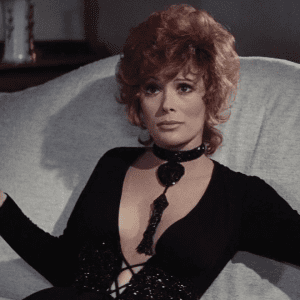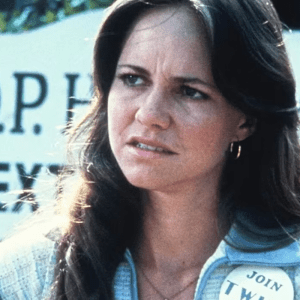
Few performances in cinematic history have resonated as strongly as Michelle Pfeiffer’s portrayal of Catwoman in Tim Burton’s Batman Returns (1992). Pfeiffer turned a comic book character into a deeply human figure, blending vulnerability, strength, and charisma. Her work in this role continues to influence the superhero genre to this day.
Following the critical and commercial success of Tim Burton’s Batman in 1989, fans eagerly awaited its sequel. With Burton’s darkly artistic vision at the helm, Batman Returns promised to push boundaries. Pfeiffer’s casting as Catwoman brought a new level of sophistication and excitement to the project.
Selina Kyle’s transformation from a meek, overlooked secretary to the powerful and vengeful Catwoman is one of the most compelling arcs in the film. Pfeiffer masterfully captures every stage of this evolution, making the character’s journey relatable and engaging.
What makes Pfeiffer’s Catwoman so memorable is her ability to balance Selina Kyle’s vulnerability with her fierce independence. She portrays a woman who, despite her pain, refuses to be broken, creating a character that resonates with audiences on a deeply personal level.
Pfeiffer dedicated herself to the physical demands of the role, training in whip handling, acrobatics, and fight choreography. Her commitment ensured that every move she made as Catwoman felt authentic and fluid.
Performing many of her own stunts, Pfeiffer brought a sense of realism to the action sequences. Her ability to seamlessly execute complex choreography added to the believability of Catwoman’s feline grace and combat prowess.

The stitched-together black latex suit became a symbol of Selina Kyle’s fractured state of mind. Pfeiffer’s ability to embody this visual metaphor elevated the character beyond a traditional villain or hero.
Paired with Pfeiffer’s commanding performance, the costume became an iconic element of Batman Returns. It remains a cultural touchstone, celebrated in art, fashion, and fan communities.
The connection between Catwoman and Batman (Michael Keaton) serves as the emotional core of the film. Their interactions are filled with tension, as each recognizes parts of themselves in the other.

Pfeiffer’s chemistry with Keaton adds layers to their characters’ dynamic. Their tragic romance underscores the complexities of their dual identities, leaving audiences yearning for a resolution that never comes.
Pfeiffer’s Catwoman received universal praise from critics, who admired her ability to infuse the character with depth and dimension. Her performance remains a benchmark for excellence in the superhero genre.

Pfeiffer’s portrayal has become a cultural icon, inspiring future interpretations of Catwoman and influencing the portrayal of female characters in superhero films.
Michelle Pfeiffer’s role as Catwoman in Batman Returns is nothing short of legendary. Her nuanced performance, combined with her physical dedication and emotional depth, redefined the superhero genre. Decades later, Pfeiffer’s Catwoman continues to captivate audiences, ensuring her place in the annals of cinematic history.

